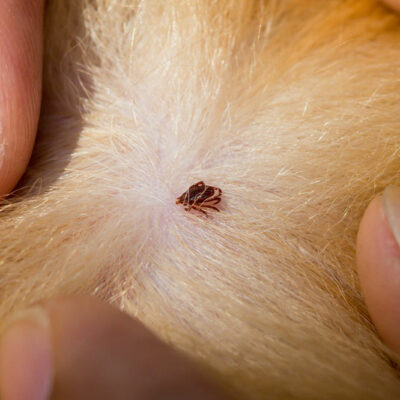
Breast Cancer – Stages, Symptoms, and Diagnosis
Breast cancer is the most common form of cancer among women after skin cancer. It affects about every 1 in 8 women. In this article, we will discuss the stages, symptoms, and diagnosis of breast cancer.
Stages, symptoms, and diagnosis of breast cancer:
Stages
Breast cancer is staged depending on how large the tumor is and how much it has spread. Some of these stages are:
Stage 0
Also known as ductal carcinoma in situ, cancer is only present in the ducts of the breast and does not spread to the surrounding tissue
Stage 1
- Stage 1A
- The tumor is less than 2cms in width, and the lymph nodes are unaffected.
- Stage 1B
- There is no tumor is less than 2cms, but cancer has been detected in the surrounding lymph nodes.
Stage 2
- Stage 2A
- The tumor is less than 2cm and has spread to about 1-3 lymph nodes, or it is 2-5cm and has not spread to the nearby lymph nodes.
- Stage 2B
- The tumor is 2-5cm and has spread to 1-3 lymph nodes present in the armpit (axillary node), or it is bigger than 5cm and has not spread
Stage 3
- Stage 3A
- The primary tumor could be of any size, and cancer could have spread to 4-9 axillary lymph nodes. The primary tumor is more than 5cm, and the cancer has spread to 1-3 axillary nodes or the nodes of the breastbone.
- Stage 3B
- The chest wall or skin could be affected by cancer, which could have spread to about nine lymph nodes.
- Stage 3C
- Cancer is detected near the collarbone, with more than ten axillary lymph nodes or the mammary nodes.
Stage 4
The primary tumor could be of any size, and cancer may spread to distant lymph nodes and organs.
Symptoms
In the initial stages, this form of cancer does not cause any signs or symptoms. Depending on the type of breast cancer, there can be a range of symptoms. However, some of the common symptoms are:
- A lump in the breast – This is one of the first signs of breast cancer. This could be due to a tumor or thickening of breast tissue. Some lumps are small and cannot be felt. These would only show up on a mammogram. However, it should be noted that not all breast lumps are cancerous.
- A lump or swelling under the arm
- A change in the shape or size of the breast
- Breast pain
- A bloody discharge from the nipple or a discharge that is not milk
Diagnosis
There are certain tests that can help diagnose breast cancer. These are:
- Mammogram
- This is an imaging test. Women who are older than 40 are advised to undergo a mammogram at least once a year.
- Ultrasound
- This test uses sound waves to create an image of the breast. It can help to differentiate between a tumor and a harmless cyst.
- Biopsy
- To confirm a cancer diagnosis, a sample of the abnormal tissue would be taken for further tests and analysis.
Being aware of the stages, symptoms, and diagnosis of breast cancer can help you have better discussions with your healthcare practitioner regarding your treatment plan.


